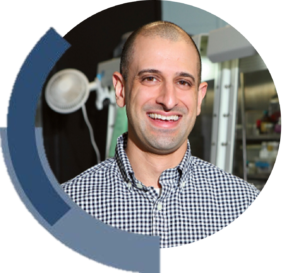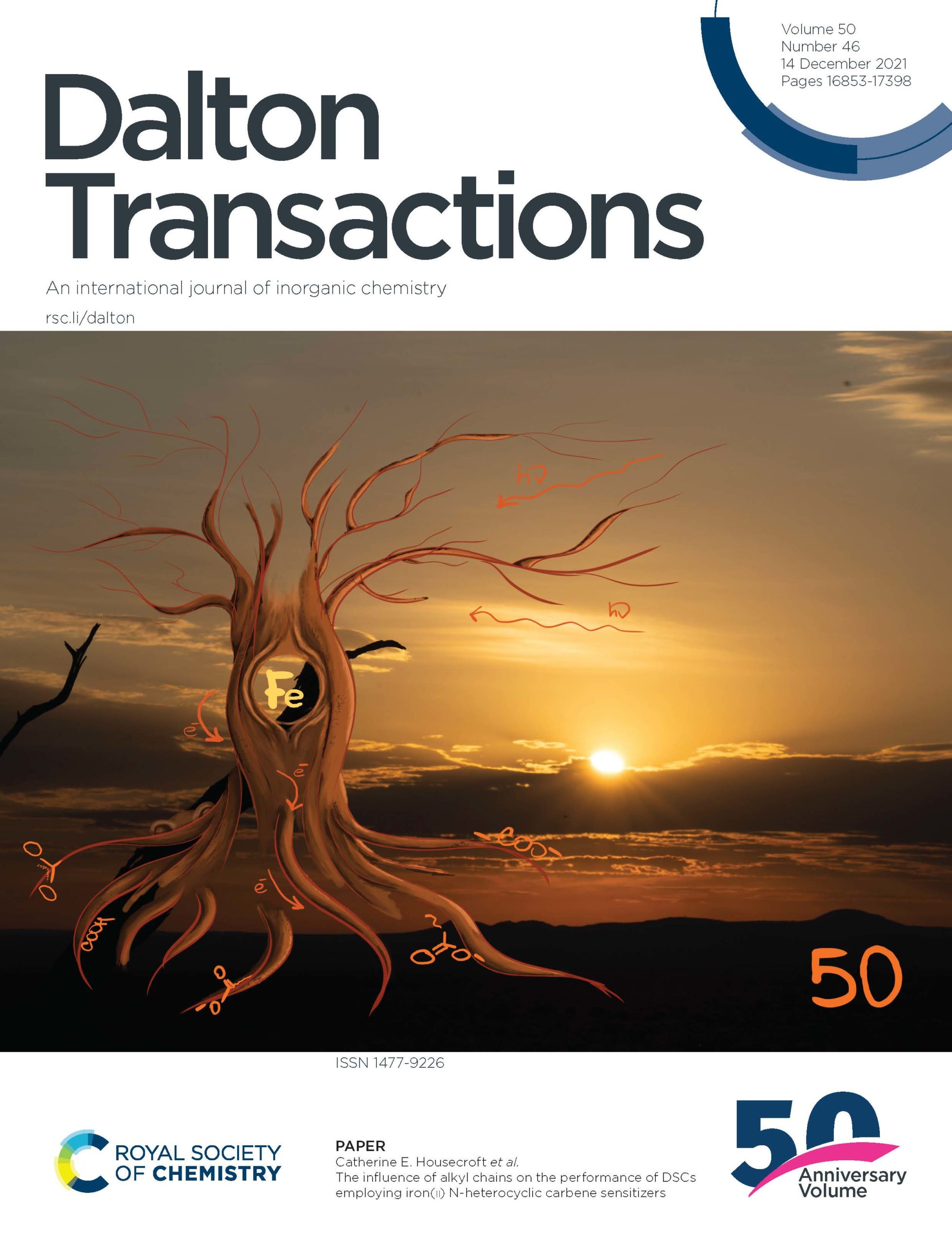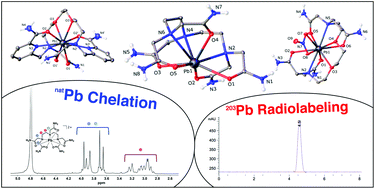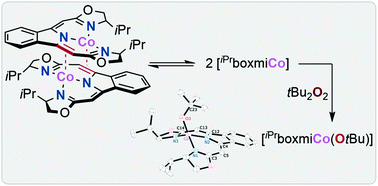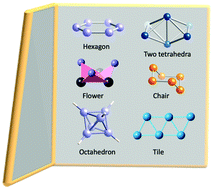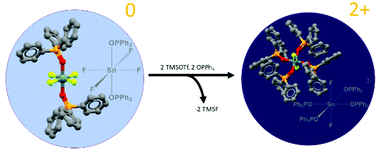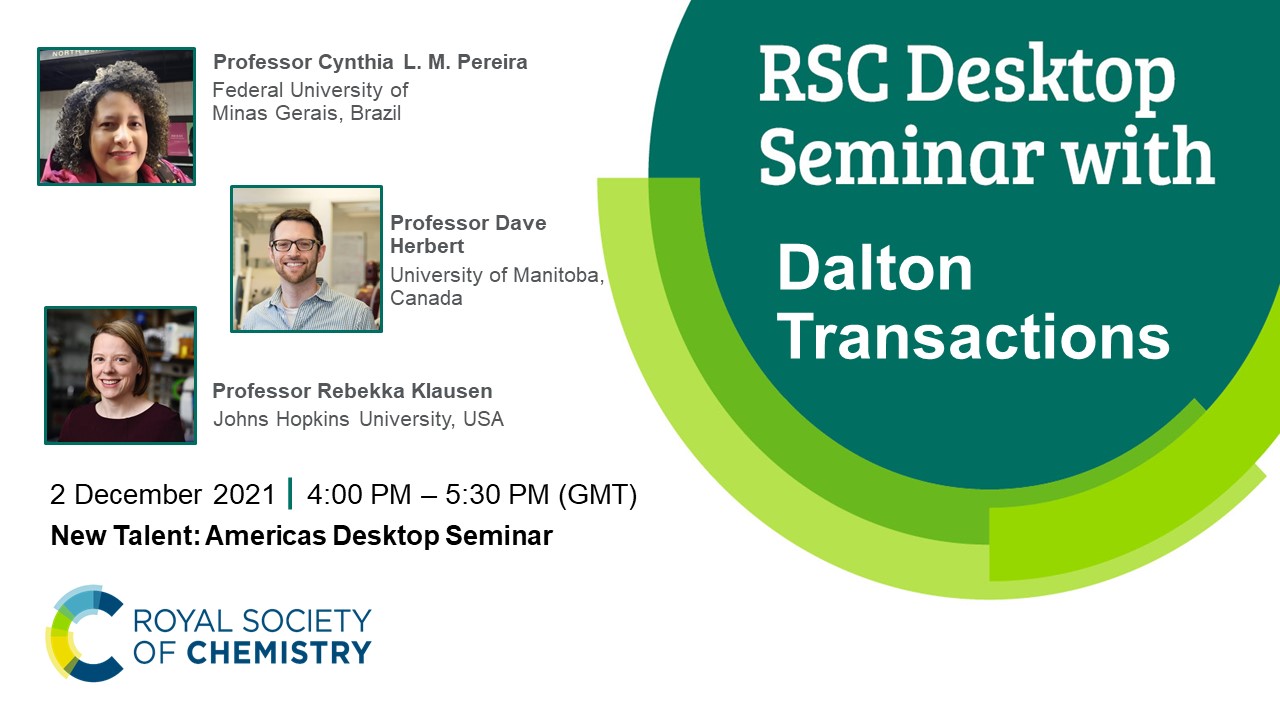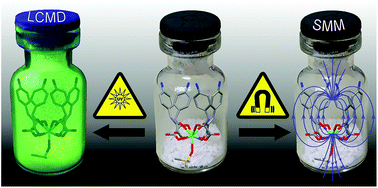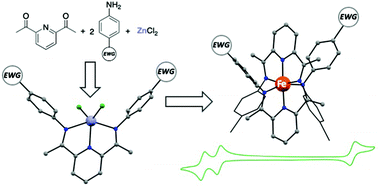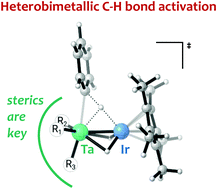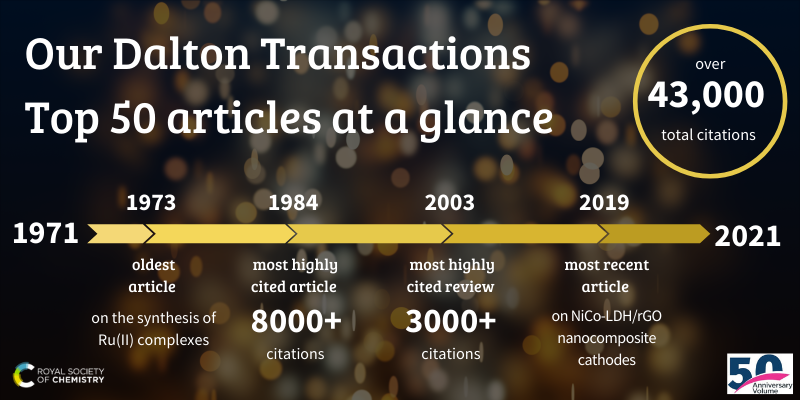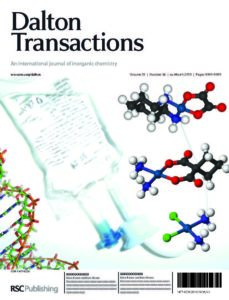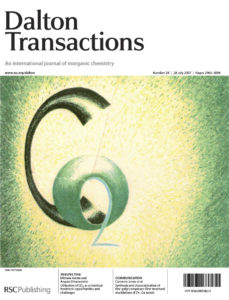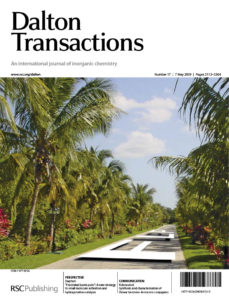We are delighted to announce our new web collection: Dalton Transactions up-and-coming articles
This web collection brings together articles that made waves in the inorganic chemistry community in 2022. These are Dalton Transactions’ top 1% highest cited or most downloaded articles in 2022.
See the full collection on our collection webpage, and check out a selection of the most downloaded articles below:
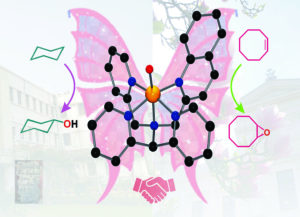 |
Hydrogen-atom and oxygen-atom transfer reactivities of iron(iv)-oxo complexes of quinoline-substituted pentadentate ligands (Open Access)
Sandip Munshi, Arup Sinha, Solomon Yiga, Sridhar Banerjee, Reena Singh, Md. Kamal Hossain, Matti Haukka, Andrei Felipe Valiati, Ricardo Dagnoni Huelsmann, Edmar Martendal, Rosely Peralta, Fernando Xavier Ola F. Wendt, Tapan K. Paine and Ebbe Nordlander Dalton Trans., 2022, 51, 870-884 |
| John Dalton – the man and the myth (Open Access)
Edwin C. Constable Dalton Trans., 2022, 51, 768-776 |
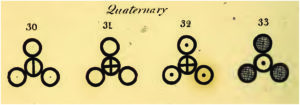 |
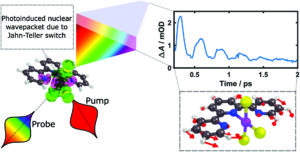 |
Photoinduced Jahn–Teller switch in Mn(iii) terpyridine complexes (Open Access)
Kyle Barlow, Julien Eng, Iona Ivalo, Marco Coletta, Euan K. Brechin, Thomas J. Penfold and J. Olof Johansson Dalton Trans., 2022, 51, 10751-10757 |
| Influence of the spatial distribution of copper sites on the selectivity of the oxygen reduction reaction (Open Access)
N. W. G. Smits, D. Rademaker, A. I. Konovalov, M. A. Siegler and D. G. H. Hetterscheid Dalton Trans., 2022, 51, 1206-1215 |
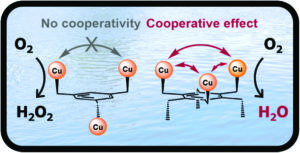 |
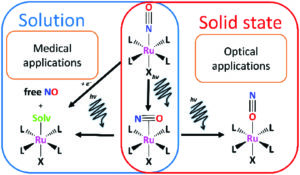 |
Ruthenium-nitrosyl complexes as NO-releasing molecules, potential anticancer drugs, and photoswitches based on linkage isomerism (Open Access)
Iryna Stepanenko, Michal Zalibera, Dominik Schaniel, Joshua Telser and Vladimir B. Arion Dalton Trans., 2022, 51, 5367-5393 |
| CO2 capture from ambient air via crystallization with tetraalkylammonium hydroxides (Open Access)
Manish Kumar Mishra, Volodymyr Smetana, Ethan A. Hiti, Hannah B. Wineinger, Fengrui Qu, Anja-Verena Mudring and Robin D. Rogers Dalton Trans., 2022, 51, 17724-17732 |
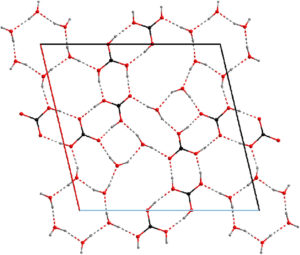 |











